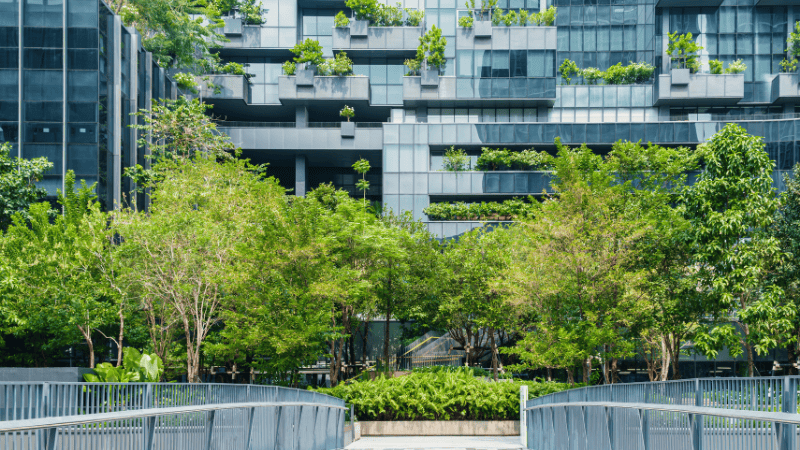
Recap: CAFE's State of the Science Webinar on Greenspace and Health
Thank you to all who joined CAFE’s State of the Science: Greenspace and Health webinar with Dr. Peter James from UC Davis! If you missed it, or want to review key points, here's a recap, with links to the relevant moments in the recording.
The Growing Evidence Base
Dr. James presented on the expanding body of research that shows measures of greenspace are associated with many health benefits. Several studies have found that people living in the greenest areas experience an approximately 12% lower mortality rate compared to those in the least green areas. A 2019 study of the Danish population found that children who grew up with the lowest levels of green space had up to 55% higher risk of developing a psychiatric disorder.
New Tools to Measure Types of Greenspace
Much of the literature to date has relied on satellite-based vegetation indices like the Normalized Difference Vegetation Index (NDVI) to assess greenspace. However, NDVI is a marker of vegetation and doesn’t distinguish between different types of greenspace or the quality or accessibility of that space. Dr. James’ team is instead applying novel deep learning algorithms to differentiate between trees, grass, and other vegetation types. This allows their studies to determine the potentially different health impacts of varying mixes of vegetation.
Health Impacts
- Mental Health: Evidence has shown that residential green space exposure is associated with lower levels of depression, anxiety, and stress.
- Healthy Behaviors: Evidence suggests that living in greener neighborhoods is associated with better sleep quality and higher levels of physical activity.
- Chronic Diseases: Higher greenspace exposure has been linked to lower incidence of cardiovascular disease, diabetes, and may be associated with a lower risk of Alzheimer’s disease.
- Birth Outcomes: Consistent evidence suggests a positive relationship between greenspace exposure and birth weight.
Key Takeaways
Dr. James emphasized greenspace represents a crucial component of healthy community design. Current research priorities include developing better measures of actual contact with nature using GPS and wearable sensors, understanding the specific elements in nature that drive health benefits, and exploiting natural experiments such as tree planting interventions in at-risk communities. “We need to make [greenspace] not a perk that only the wealthy can have, but something that we see as a core part of our infrastructure,” Dr. James noted.










